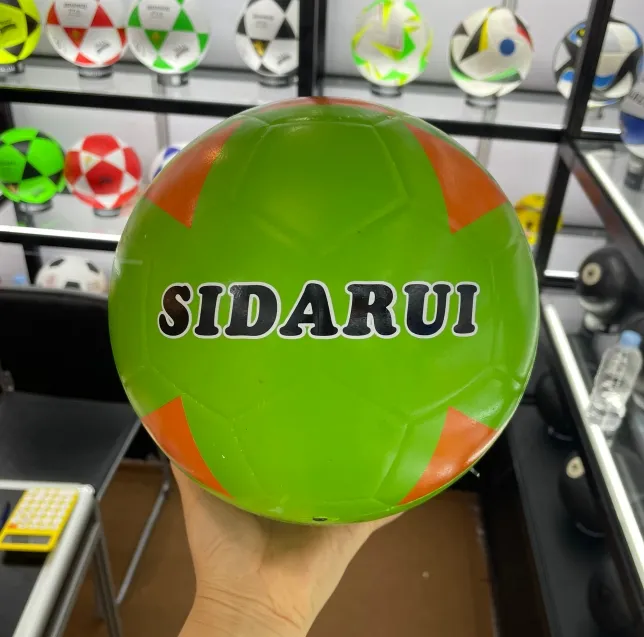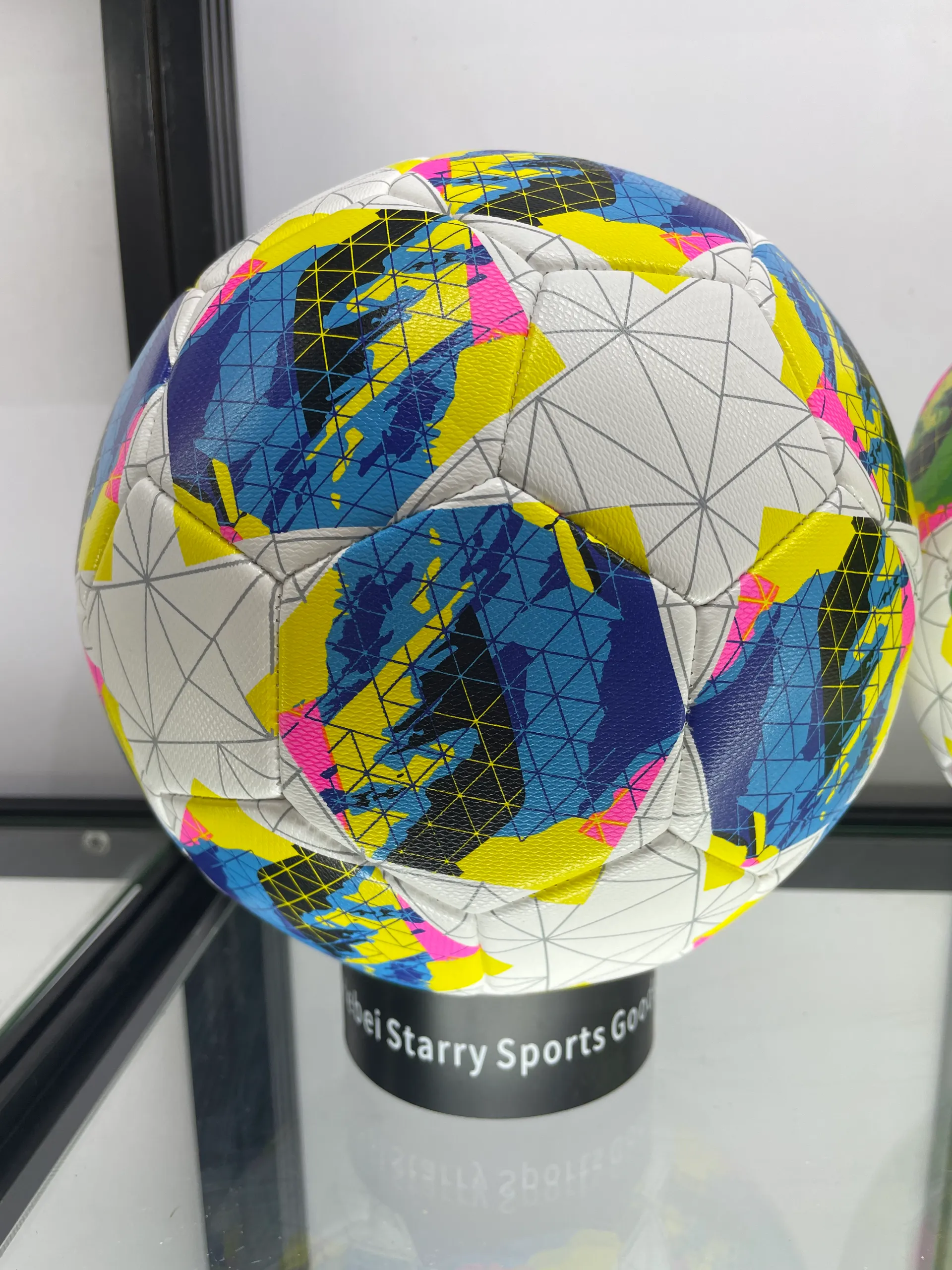Volleyball design is a topic that captivates sports enthusiasts, athletes, and designers alike. Over the years, volleyball design has undergone significant evolution, adapting to technological advances and the changing needs of players. This article unravels the intricate world of volleyball design, focusing on product innovation, expert insights, and the importance of design evolution in enhancing player experience.

Volleyball, as we know it today, demands a perfect blend of performance, durability, and aesthetic appeal. The design process begins with an in-depth understanding of materials. Top manufacturers employ cutting-edge synthetic leather, which offers a perfect balance of grip and softness. This material not only withstands the rigors of intense play but also provides players with the optimum feel and control. Companies like Mikasa and Molten lead the industry with their proprietary material technologies, ensuring that every volleyball stands up to competitive play.
The core design of a volleyball revolves around its panel structure. Traditional volleyballs featured 18 distinct panels; however, modern designs have shifted towards fewer panels—some with as few as eight. By reducing the number of seams, manufacturers enhance the ball’s aerodynamic properties, leading to more accurate flight patterns. This innovation is a direct result of collaboration between engineers and professional players, whose feedback is invaluable in finetuning ball performance.

Aerodynamics is only one aspect of volleyball design. The internal construction of the ball is equally crucial. Advanced volleyballs utilize a layered bladder system, often consisting of a rubber bladder surrounded by wound nylon. This composition ensures air retention and consistent bounce, which are critical to a reliable game. Players frequently emphasize the importance of consistency in bounce and feel, and manufacturers respond by rigorously testing each design innovation under controlled conditions before market release.
Color and aesthetics also play a pivotal role in volleyball design. While traditionally volleyballs were white, the introduction of colored panels has not only made the balls more visually appealing but also more functional. Vibrant colors increase ball visibility, aiding players in fast-paced games. Color choices are often informed by psychological research on visibility and player response, underlining the commitment of design teams to player-centric innovations.
volleyball design
Expertise in volleyball design extends beyond craftsmanship; it involves understanding players' psychological and physical experiences. For example, sound designers work alongside product engineers to ensure that the sound a ball makes upon impact or during a spike is satisfying and reassuring to players. This dimension of design is subtle but essential, enhancing player confidence and overall satisfaction.
Trust in volleyball design is built through certifications and approvals from authoritative bodies such as the Fédération Internationale de Volleyball (FIVB). These certifications are a testament to the rigorous testing and adherence to international standards that top volleyball manufacturers uphold. Consumers equate certification with quality assurance, which is vital for both recreational players and professionals.
Expert opinions further enhance the credibility of volleyball design. Coaches and seasoned players often provide insights into user experience, helping to guide future design enhancements. Their firsthand experience with different volleyballs across various conditions leads to invaluable feedback, ensuring that the design stays relevant and effective.
Volleyball design is not merely about aesthetics or technological innovation; it’s about crafting a tool that enhances the passion and performance of those who play the game. As technology advances, so does the potential for more responsive and player-friendly volleyball designs. The interplay between material science, user feedback, and expert engineering ensures that volleyballs will continue to evolve, offering players the best game possible.
In conclusion, volleyball design today represents a complex integration of art, science, and sport. The advancements in materials, structure, and aesthetics are driven by a deep commitment to player experience and performance. As volleyball design continues to evolve, it stands as a testament to the enduring spirit of innovation and collaboration that defines this beloved sport.













